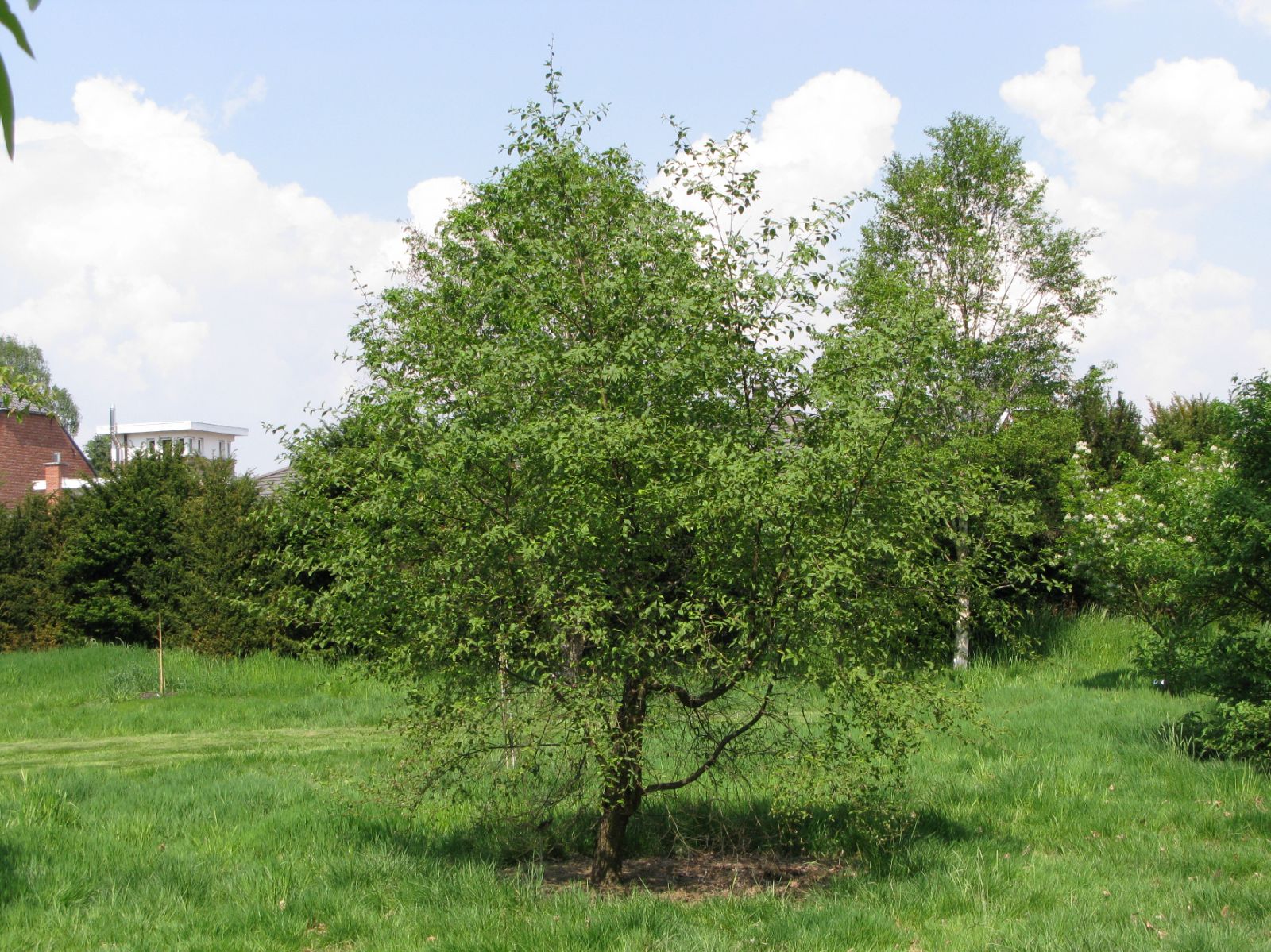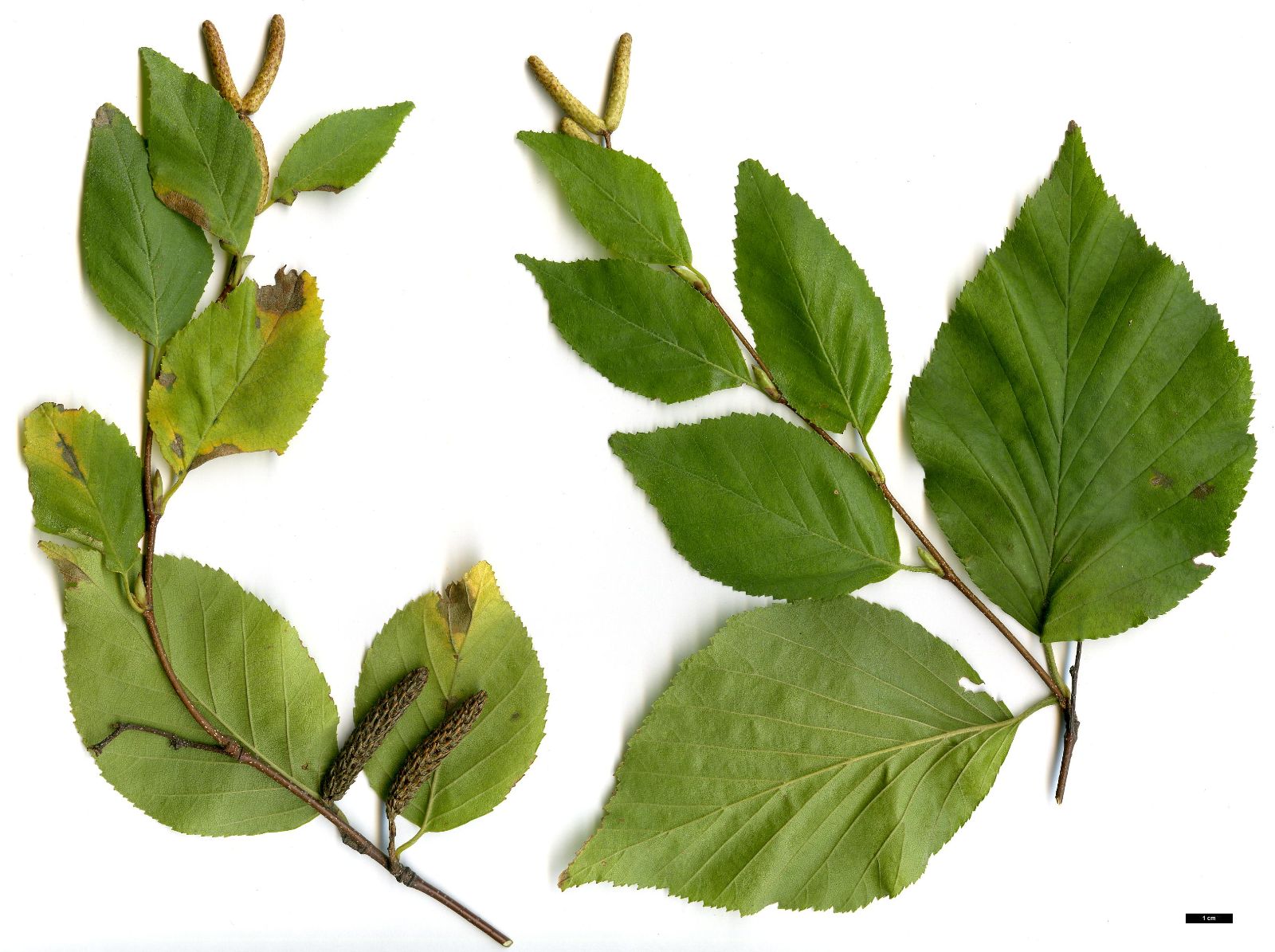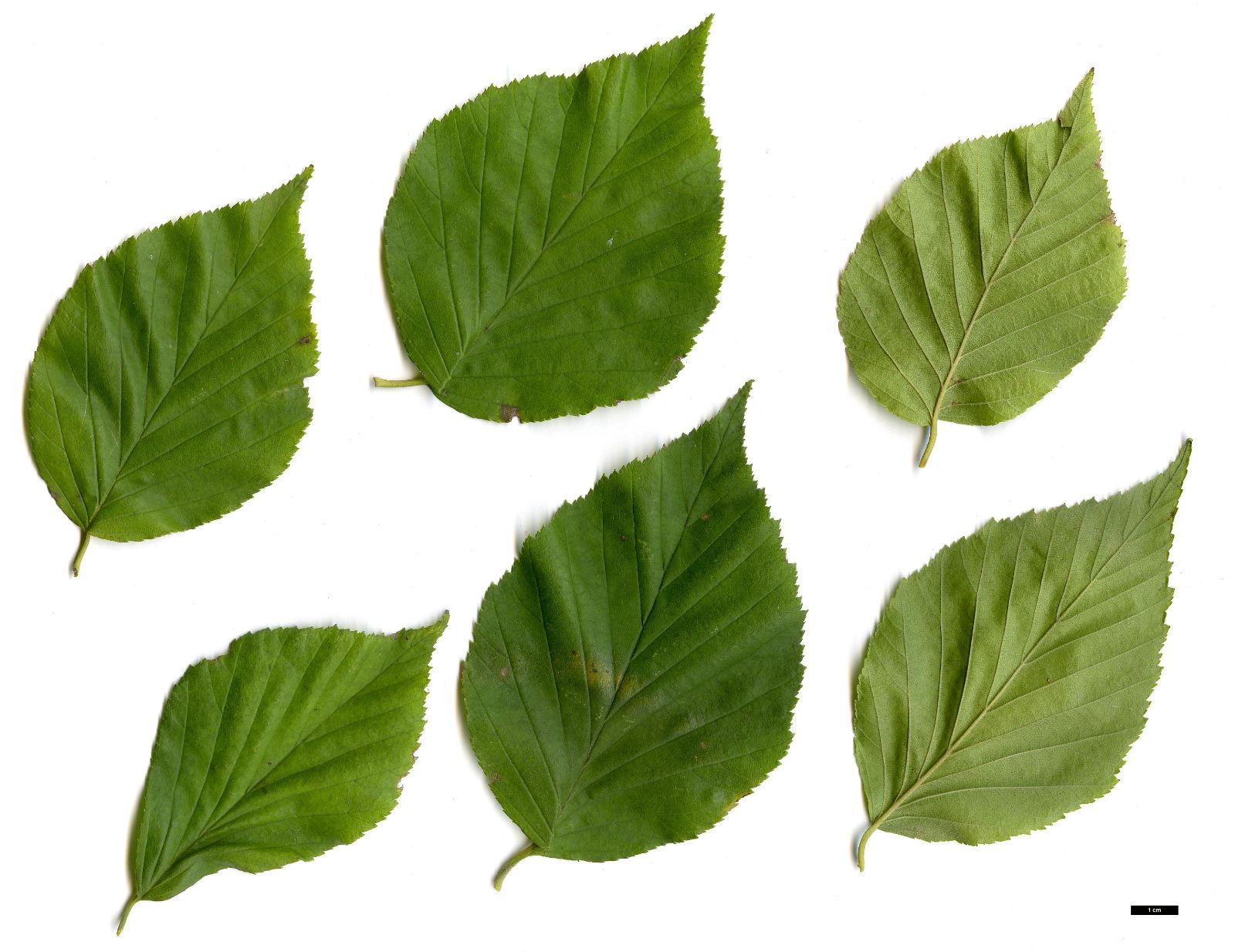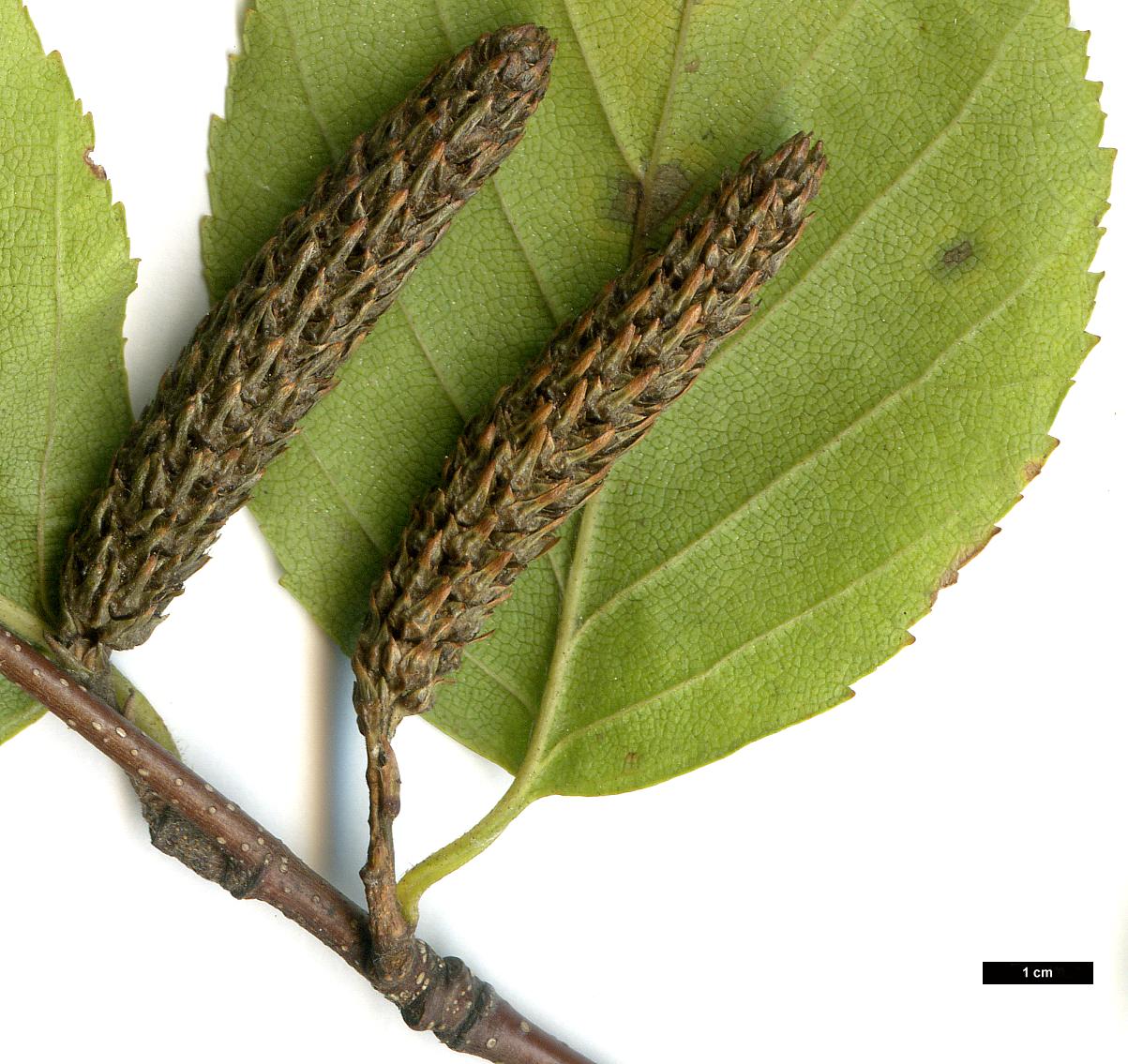Betula schmidtii
Credits
Article from Bean's Trees and Shrubs Hardy in the British Isles
Recommended citation
'Betula schmidtii' from the website Trees and Shrubs Online (treesandshrubsonline.
Genus
Other taxa in genus
- Betula albosinensis
- Betula alleghaniensis
- Betula × aurata
- Betula bomiensis
- Betula × caerulea
- Betula chichibuensis
- Betula chinensis
- Betula coerulea-grandis
- Betula cordifolia
- Betula corylifolia
- Betula cylindrostachya
- Betula davurica
- Betula delavayi
- Betula ermanii
- Betula forrestii
- Betula glandulosa
- Betula globispica
- Betula grossa
- Betula humilis
- Betula insignis
- Betula jacquemontii
- Betula lenta
- Betula luminifera
- Betula lutea
- Betula mandshurica
- Betula maximowicziana
- Betula medwediewii
- Betula nana
- Betula neoalaskana
- Betula nigra
- Betula occidentalis
- Betula papyrifera
- Betula pendula
- Betula platyphylla
- Betula populifolia
- Betula potaninii
- Betula pubescens
- Betula pumila
- Betula raddeana
- Betula szechuanica
- Betula tianschanica
- Betula × utahensis
- Betula utilis
A tree 60 to 100 ft high in the wild, with a stem 6 to 9 ft in girth; bark nearly black, falling off in thick, rather small plates of irregular shape; young shoots dark brown, warted, at first downy. Leaves ovate, slender-pointed, rounded or widely tapered at the base, finely but irregularly toothed; 11⁄2 to 3 in. long, 1 to 13⁄4 in. wide; veins in nine to eleven pairs, slightly hairy above when young, more persistently so on the veins beneath; stalk 1⁄6 to 1⁄8 in. long, hairy. Male catkins 11⁄2 to 21⁄2 in. long; female catkins cylindrical, 1 to 11⁄4 in. long, 1⁄8 in. wide, usually solitary, rarely in pairs, stiff and erect at the fruiting state; scales three-lobed, the lobes linear-oblong, pointed, ciliate, the middle one twice as long as the side ones.
Native of Japan, Korea, and Manchuria; named and described by Regel in 1865; introduced to this country in 1914 by Wilson. He says: ‘This remarkable birch is rare in Japan and I saw it only on the wooded shores of Lake Chuzenji and in the ascent there from Nikko … it is a large tree with thick branches.’ It may usually be recognised by its blackish bark, erect female catkins, short leaf-stalks and minutely toothed leaves. It is succeeding very well at Kew. The wood is too heavy to float in water.
The present example at Kew, which measures 32 × 2 ft and was planted in 1915, shows very well the striking black bark that characterises this species.
From the Supplement (Vol. V)
The tree at Kew no longer exists but there are young specimens in the birch collection at Wakehurst Place, Sussex, the latest accession being from seeds collected by the Kew expedition to South Korea in 1982, in the Mount Odae National Park, Kangwon province, where the trees seen were about 20 ft high. (B.E. & C. 159).




